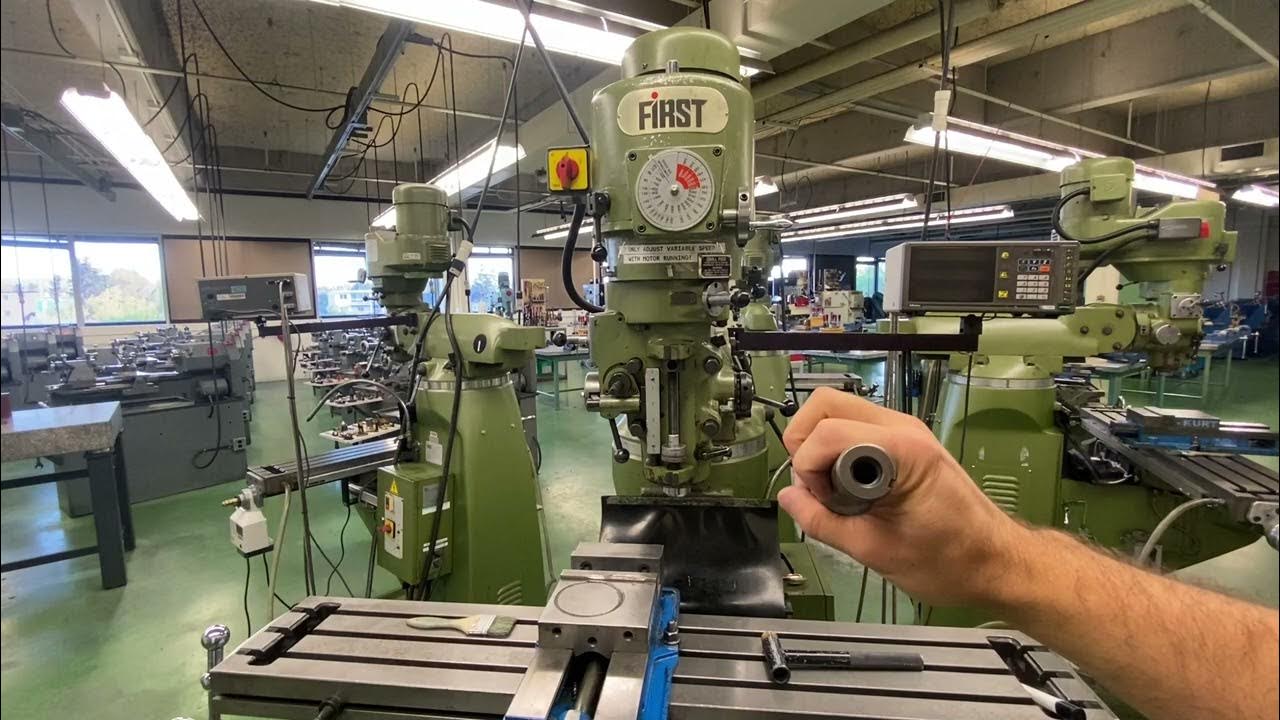Cement Milling Process Ball Mill Operation Using Simulator _ English Version
Summary
TLDRIn this video, Pardi Rosyid provides an in-depth guide on how to operate a Ball Mill Cement Milling System without a pre-grinder. The process begins with loading clinker, gypsum, and additives into hoppers, followed by the operation of various equipment like transport groups and the mill separator. Key steps include managing feeding rates, adjusting material ratios, and ensuring proper mill operation, including the use of the Mill ID fan, lubrication, and draft control. Rosyid explains troubleshooting methods and highlights the importance of consistent monitoring to maintain optimal product quality and stability throughout the cement grinding process.
Takeaways
- 😀 The operation of the Ball Mill Cement Milling System begins by filling the clinker hopper with material from Silo-1, Silo-2, or Silo-3, depending on the quality of the clinker.
- 😀 The clinker from Silo-1 and Silo-2 has a lower freelime content, making it suitable for grinding, while the clinker from Silo-3 has higher freelime and is underburned.
- 😀 After filling the clinker hopper, the next step is to start the cement product transport group, which includes various conveyors and elevators that move the cement product to different silos.
- 😀 The Mill Separator group, which includes the Mill ID Fan, Dust Collector, and Separator, is started to regulate airflow and maintain optimal mill operation.
- 😀 Damper settings, such as the circulation and Mill ID Fan dampers, are critical for maintaining air draft and circulation, which directly impact the mill’s performance.
- 😀 Starting the Mill requires permission from the Power Station due to the high power requirements (5000 kW or 5 Megawatt motor). After permission, the main drive motor is started.
- 😀 The process continues by starting the Feeding group, which controls the input of materials into the Ball Mill for grinding, with manual settings used initially for controlling the feeding rate.
- 😀 Regular adjustments to the feeding rate, clinker ratio, and additive materials help optimize product quality. For example, reducing gypsum usage when SO3 content is high and increasing additives to adjust the clinker ratio.
- 😀 The target is to maintain an optimal Blaine value (a measure of cement fineness) and to keep the material level in the mill at an ideal range (75-85%).
- 😀 Ensuring a stable cement temperature (85-95°C) is important for normal operation, and any fluctuation in operation parameters can signal the need for maintenance or process adjustments.
- 😀 Monitoring of the cement grinding system must be performed regularly. Issues like high residue or improper grinding media can affect system performance, signaling the need for audits and adjustments to the grinding media or liner condition.
Q & A
What is the first step before operating the Ball Mill in cement milling?
-The first step is to understand the buttons to start or stop the group of equipment used to control operations in the Cement Mill system.
How is clinker filled into the hopper?
-Clinker is filled into the hopper by selecting the clinker transport group and starting it. The clinker can be taken from Silo-1, Silo-2, or Silo-3.
What is the difference between clinker from Silo-1/Silo-2 and Silo-3?
-Clinker from Silo-1 and Silo-2 has a free lime content below 1.5%, which is of standard quality, while clinker from Silo-3 is underburned with free lime content above 1.5%, making it outside the standard quality.
What equipment is involved in the cement product transport group?
-The cement product transport group includes a screw conveyor under the Dust Collector, Airslide, and Bucket Elevator. The cement product is then directed into Silo-1 or Silo-2.
What is the purpose of the Mill ID Fan in the Mill Separator group?
-The Mill ID Fan helps regulate the air intake from the Separator and the Mill outlet draft. It plays a crucial role in controlling the airflow for proper milling and separation.
How is the Mill outlet draft controlled?
-The Mill outlet draft is controlled by adjusting the damper openings, specifically the Mill ID Fan damper and the circulation damper. If the circulation damper is opened too wide, the mill outlet draft decreases.
What role does the Mill Lubrication group play in the operation?
-The Mill Lubrication group includes oil pumps for trunion bearings and gear reducers, as well as water pumps to manage the temperature when the cement temperature rises during operation.
What precaution must be taken before starting the Ball Mill motor?
-Before starting the Ball Mill motor, which is a 5000 kW motor, permission must be obtained from the Power Station to proceed with the operation.
How is the material feeding rate set during the initial stages of cement production?
-During the initial stages, the feeding rate is set manually. For example, if the Ball Mill has a capacity of 200 tons per hour, the Fresh Material Feeding rate is set to 200 tons per hour initially.
How is the Blaine fineness adjusted during the operation of the Ball Mill?
-Blaine fineness is adjusted by regulating the proportion of clinker and additive materials. For instance, increasing the additive material ratio and reducing gypsum content can help achieve the desired Blaine value, which should be between 3800 to 4000 square centimeters per gram for PCC cement.
Outlines

This section is available to paid users only. Please upgrade to access this part.
Upgrade NowMindmap

This section is available to paid users only. Please upgrade to access this part.
Upgrade NowKeywords

This section is available to paid users only. Please upgrade to access this part.
Upgrade NowHighlights

This section is available to paid users only. Please upgrade to access this part.
Upgrade NowTranscripts

This section is available to paid users only. Please upgrade to access this part.
Upgrade NowBrowse More Related Video
5.0 / 5 (0 votes)





